Cannabis-infused edibles have become increasingly popular, offering a creative and alternative way to enjoy the benefits of cannabis in a delicious and discreet manner. Among the vast array of cannabis-infused treats, cannabis cookies hold a special place due to their versatility and timeless appeal. Baking with cannabis requires a careful balance of science and culinary artistry to achieve the perfect consistency, potency, and flavor. In this blog post, we will delve into the science behind baking with cannabis and share some expert tips to help you perfect your cannabis cookies. Whether you are a seasoned baker or a novice in the kitchen, this guide will provide you with valuable insights to elevate your cannabis-infused baking skills and ensure that your cookies are not only enjoyable but also professionally crafted.
Understanding the science behind the effects of cannabis in baked goods
How THC and CBD interact with our bodies
When it comes to baking with cannabis, understanding the science behind its effects in baked goods is crucial to creating the perfect batch of cannabis-infused cookies. The two main compounds in cannabis that have powerful effects on our bodies are tetrahydrocannabinol (THC) and cannabidiol (CBD).
THC is the psychoactive compound responsible for the “high” or euphoric feeling typically associated with recreational cannabis use. When ingested, THC binds with cannabinoid receptors in our central nervous system, activating them and altering brain function. This interaction can result in effects such as relaxation, increased appetite, pain relief, and altered perception of time.
On the other hand, CBD is non-psychoactive and does not produce a high like THC. Instead, it interacts with different receptors in the body, including those involved in pain management, inflammation reduction, and mood regulation. CBD is often sought after for its potential therapeutic benefits, which include anxiety reduction, improved sleep quality, and relief from chronic pain.
When baking with cannabis, it is essential to understand how THC and CBD work together to create the desired effects. The ratio of THC to CBD in your chosen cannabis strain and infused ingredients will play a significant role in the overall experience. Different strains will have varying levels of these compounds, so selecting the right one is essential in achieving the desired outcome.
For a more euphoric and potent experience, using a high-THC strain or infusion would be appropriate. However, if you’re looking for a more relaxed and balanced effect, using a strain or infusion with a higher CBD content might be a better choice. It all comes down to personal preferences and the desired outcome of your baked goods.
It’s also important to consider dosage and the potential effects on individuals who consume your cannabis-infused cookies. Not everyone may have the same tolerance or reaction to THC and CBD, so labeling and providing dosage information is essential. This helps ensure that individuals know what they are consuming and can make informed decisions about their cannabis intake.
In conclusion, the science of baking with cannabis involves understanding the interplay between THC and CBD and their effects on the body. By considering the strain selection, ratio of compounds, and dosage information, you can create a batch of cannabis-infused cookies that delivers the desired experience while prioritizing individual preferences and safety. Stay informed and experiment with caution to perfect your cannabis baking skills.
Dosage and potency considerations
Determining the ideal amount of cannabis to use
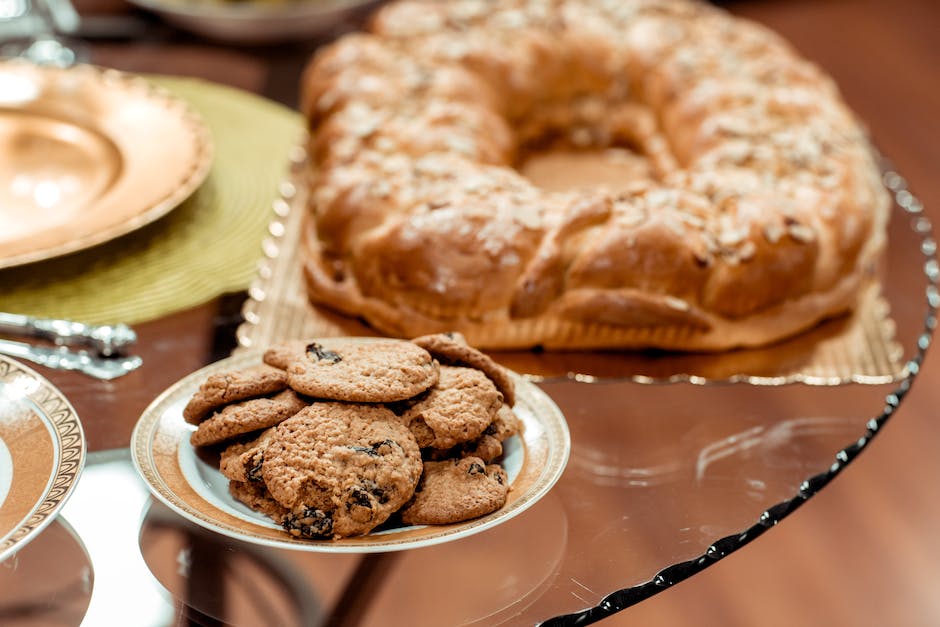
Determining the ideal amount of cannabis to use in your baking recipes is a crucial aspect of achieving the perfect potency and dosage. While it may seem like a straightforward task, there are a few factors to keep in mind to ensure that your cookies turn out just right.
First and foremost, it’s essential to understand the potency of the cannabis you are working with. The THC (tetrahydrocannabinol) content in the strain you use plays a significant role in determining the effects it will have on the consumer. Different strains have different levels of potency, so make sure to check the label or consult with a knowledgeable expert to understand the THC percentage.
Next, consider the desired effect and the individual tolerance of your intended audience. Are you looking to create a mild, relaxing experience, or do you want a more potent outcome? Start by considering how much THC per serving you would like to achieve, acknowledging that everyone reacts differently to cannabis.
Once you have determined the desired potency, it’s time to do some math. To calculate the amount of cannabis needed, you must understand the THC percentage in your starting material. For example, if your strain has a THC value of 15%, you will have 150mg of THC in every gram. From there, you can calculate how many grams of cannabis to use to achieve the desired THC per serving.
Remember to take into account the recipe’s serving size and the number of servings per batch. This will impact the overall potency of each edible. It’s helpful to start with a low dosage, especially if you are unfamiliar with the strain or the tolerance levels of your audience. You can always gradually increase the amount of cannabis in future batches based on feedback and personal preferences.
It’s also worth noting that cannabis-infused edibles can take up to two hours to kick in, so patience is key. It is crucial to inform consumers about the delayed onset of effects, emphasizing the importance of waiting before consuming additional servings.
Lastly, ensure that you thoroughly mix the cannabis into your recipe to achieve an even distribution. Uneven mixing can lead to inconsistent potency among your baked goods, resulting in unpredictable experiences for consumers. Consider using cannabis-infused oils, butters, or tinctures for easier and more even integration into your recipes.
Dosage and potency considerations are essential when baking with cannabis. By understanding the potency of your starting material, calculating the desired THC per serving, starting with low dosages, and ensuring even distribution, you can perfect your cannabis-infused cookies and create enjoyable experiences for all.
Choosing the right cannabis strain for your cookies
Exploring different strains that complement baked goods

When it comes to baking with cannabis, choosing the right strain is essential in creating the perfect batch of cookies. Different strains have varying levels of cannabinoids and terpenes, which can greatly impact the flavor, aroma, and effects of your baked goods. Here, we will explore a few cannabis strains that complement baked goods, ensuring a delightful and professional experience for your taste buds.
1. Blue Dream: Known for its balanced effects, Blue Dream is a popular strain for baking due to its sweet berry-like flavor. This strain provides a pleasant euphoria and relaxation, making it an excellent choice for those seeking a mellow and uplifting experience with their cannabis-infused cookies.
2. Girl Scout Cookies: True to its name, Girl Scout Cookies strain offers a delectable and slightly minty flavor profile. This strain often induces a gentle yet powerful body high, perfect for achieving a calming and enjoyable baking session. Its sweet and earthy undertones can beautifully complement chocolate chip or mint-flavored cookies.
3. Sour Diesel: For those who prefer a more invigorating cookie experience, Sour Diesel is a popular choice. This strain is highly aromatic, with a distinct diesel-like scent that adds an interesting twist to your baked goods. Sour Diesel’s energizing effects can stimulate creativity and focus, making it a great option for those who want to infuse their baking with a productive boost.
4. Granddaddy Purple: If you seek a relaxing and thoroughly indulgent cookie experience, Granddaddy Purple strain is worth considering. This strain is known for its deep purple hues, fruity aroma, and potent sedative effects. Adding Granddaddy Purple to your cookie recipe can create a delightful combination of flavors, perfect for unwinding and enjoying a cozy evening.
5. Pineapple Express: With its tropical and citrusy flavors, Pineapple Express strain can be an excellent choice for adding a bright and refreshing twist to your cookies. This strain offers a relaxed and euphoric high that can enhance the enjoyment of your baked treats. Its fruity notes make it a great choice for baking cookies with a tropical or citrusy flavor profile.
Remember, choosing the right cannabis strain for your cookies depends on your personal preferences and desired effects. Experimenting with different strains can help you discover unique combinations and enhance your baking skills. Always start with low doses and gradually increase as needed to ensure a controlled and enjoyable experience.
Decarboxylation: Unlocking the potential of cannabis
Why decarbing cannabis is necessary for baking
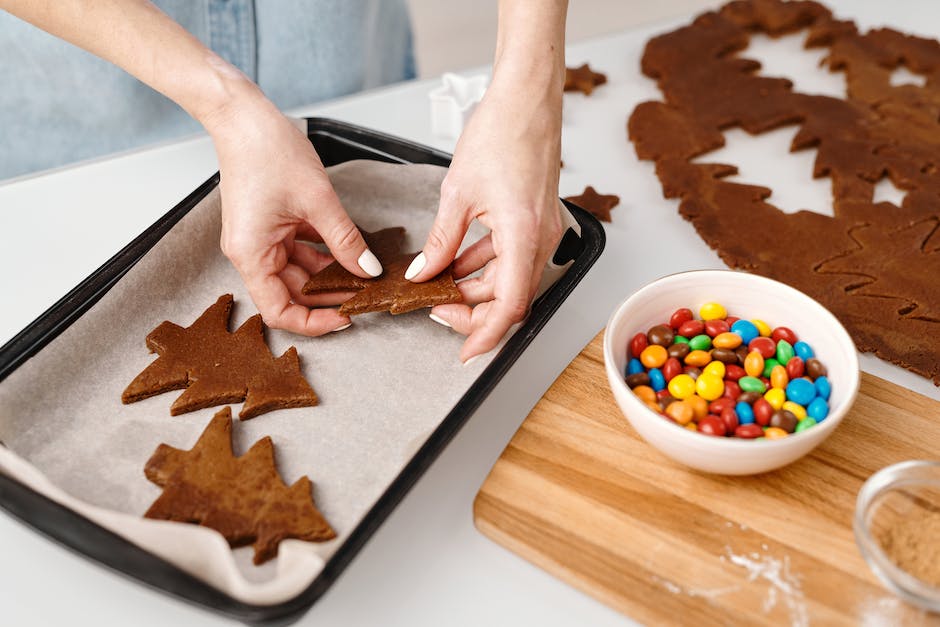
Decarboxylation: Unlocking the Potential of Cannabis
In the world of cannabis-infused baking, the process of decarboxylation holds incredible significance. Decarbing cannabis is the essential step that releases the full potential of cannabinoids, transforming raw plant material into an ingredient ready to deliver its therapeutic and recreational effects. Whether you are a seasoned cannabis baker or a curious beginner, understanding the science behind decarboxylation is vital to perfecting your cookies and achieving the desired outcomes.
So, what exactly is decarboxylation? It is a chemical reaction that occurs when heat is applied to raw cannabis flower or extracts. During this process, a carboxyl group (COOH) is removed from the chemical structure of cannabinoids like THC and CBD, converting them into their active forms. Without decarboxylation, consuming raw cannabis would result in minimal psychoactive effects and limited therapeutic benefits.
The significance of decarboxylation in baking with cannabis cannot be overstated. By decarbing your cannabis before incorporating it into your recipes, you are ensuring that the cannabinoids are in their optimal state to interact with your body’s endocannabinoid system. This is particularly crucial when aiming for precise dosing and consistent results.
To decarboxylate cannabis, you need to apply a specific temperature and time combination. Generally, temperatures between 220°F (104°C) and 240°F (115°C) are recommended for achieving a complete decarboxylation process. An oven or a specialized decarboxylation device can be used to control the temperature and duration accurately. It is essential to monitor the process carefully, as excessive heat or prolonged exposure can degrade certain cannabinoids and terpenes, affecting the overall quality of your end product.
Decarboxylation not only activates cannabinoids but also enhances the flavors and aromas of your cannabis-infused treats. This process releases the full spectrum of terpenes present in cannabis, contributing to a more robust and enjoyable sensory experience. These aromatic compounds are responsible for the distinctive scents like citrus, pine, or lavender that can elevate the taste of your cookies.
While the exact decarboxylation time varies depending on factors such as moisture content and starting product, a general guideline is to decarb your cannabis for around 30-45 minutes. However, it is always recommended to consult reliable sources or follow tested recipes to ensure accuracy and consistency.
In conclusion, decarboxylation is an essential step to unlock the full potential of cannabis when baking. It is a scientific process that converts raw cannabinoids into their active forms, enabling them to deliver their desired effects. By understanding the science behind decarbing cannabis and following proper time and temperature guidelines, you can achieve precisely dosed, flavorful, and effective cannabis-infused cookies that align with your brand’s professionalism and appeal to a wide range of enthusiasts.
Types of cannabis-infused ingredients
Exploring options like cannabutter, cannabis-infused oil, and more
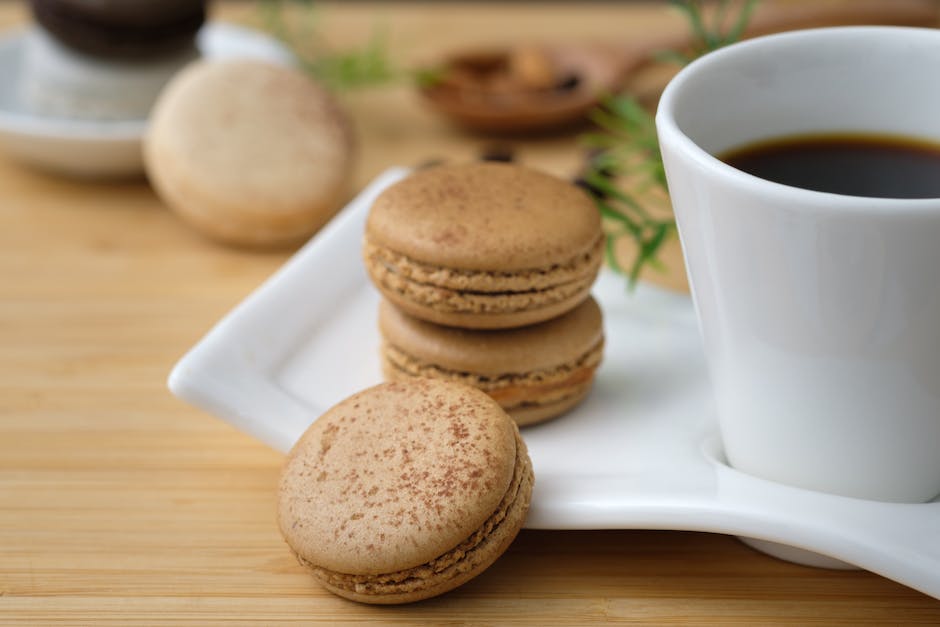
When it comes to baking with cannabis, there are various types of cannabis-infused ingredients you can use to create delicious, elevated treats. While the most commonly used ingredient is cannabutter, there are other options to explore as well. Here are a few types of cannabis-infused ingredients that you can experiment with in your baking endeavors:
1. Cannabutter: Perhaps the most well-known cannabis-infused ingredient, cannabutter is butter that has been infused with the cannabinoids found in cannabis. It can be easily incorporated into baked goods like cookies, brownies, and cakes. The process of making cannabutter involves gently simmering cannabis flower or trim in melted butter for an extended period, allowing the cannabinoids to bind with the fats. It is important to note that the potency of your cannabutter will depend on the strength of your starting cannabis material and the infusion technique you use.
2. Cannabis-Infused Oil: Another popular option for baking is cannabis-infused oil. Similar to cannabutter, cannabis-infused oil allows you to incorporate the therapeutic properties of cannabis into your baked goods. You can use various types of oil such as coconut oil, olive oil, or even vegetable oil, depending on your preference and the flavor profile you desire. Making cannabis-infused oil involves gently heating the cannabis in the oil of your choice, allowing the cannabinoids to dissolve into the fat. Once strained, you can use the resulting oil to replace regular cooking oil in your recipes.
3. Cannabis Tincture: If you’re looking for a more versatile option for your baking adventures, cannabis tincture might be worth considering. Tinctures are highly concentrated forms of cannabis that are infused in alcohol. They come in liquid form and can be easily added to your baking recipes without altering the texture or consistency. Since tinctures are typically more potent than infused butter or oil, it’s important to measure them carefully and adjust the dosage according to your desired effect.
4. Cannabis Sugar: For those who prefer an alternative to infused fats, cannabis sugar can be an excellent choice. Cannabis sugar is made by blending finely ground cannabis with granulated sugar, allowing the cannabinoids to infuse into the sweet crystals over time. You can use cannabis sugar as a replacement for regular sugar in your baking recipes, giving your creations a subtle cannabis flavor and effects.
It’s important to remember that when using cannabis-infused ingredients in your baking, dosage and potency control are crucial. Start with small amounts and gradually increase as desired, keeping in mind the effects may take longer to set in compared to other consumption methods. Additionally, remember to inform your consumers about the inclusion of cannabis in your baked goods and label them appropriately.
As you explore the world of cannabis-infused baking, don’t be afraid to experiment with different types of infused ingredients to find the flavors and effects that resonate with you. With a little bit of science and creativity, you can perfect your cannabis-infused cookies and create treats that are both delicious and professionally elevated.
Baking techniques for consistent results
Tips for creating evenly infused cookies
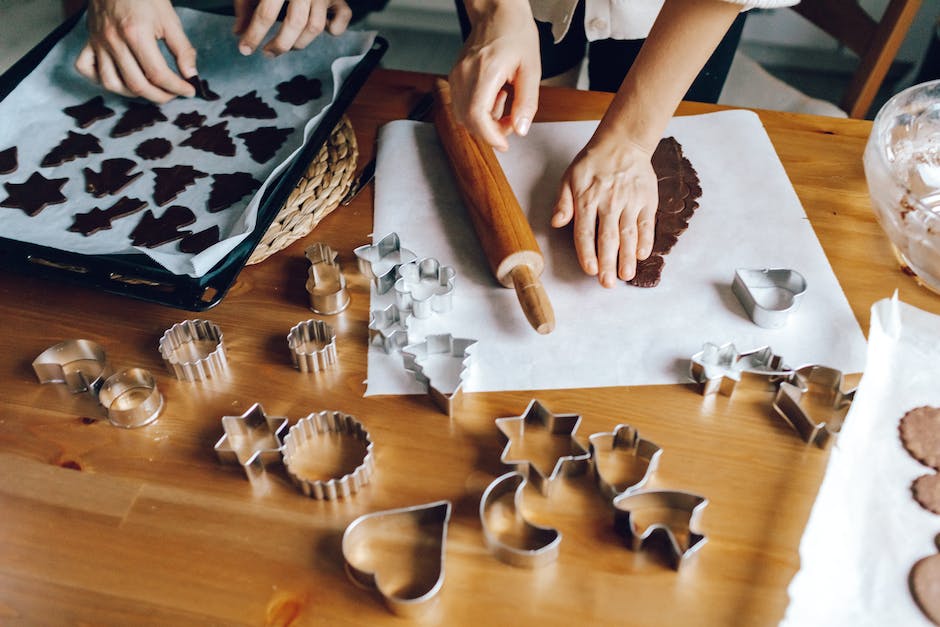
Baking Techniques for Consistent Results (Tips for Creating Evenly Infused Cookies):
Achieving consistent results while baking with cannabis requires attention to detail and precise techniques. Whether you’re a seasoned baker or a beginner, here are some tips to help you create evenly infused cookies every time:
1. Properly Decarboxylate Your Cannabis: Decarboxylation is a crucial step in maximizing the potency of your cannabis-infused cookies. To activate the THC, preheat your oven to around 240°F (115°C) and spread your finely ground cannabis evenly on a baking sheet. Bake it for about 30-40 minutes until it turns golden brown. This process converts THCA into psychoactive THC, ensuring the potency of your baked goods.
2. Use Infused Butter or Oil: Infusing cannabis into butter or oil is a popular method for creating cannabis-infused cookies. To ensure your cookies are consistently and evenly infused, accurately measure the amount of cannabis you add to your chosen fat. Remember, if the recipe calls for one cup of butter, adjust the amount accordingly to include the infused fat. This will ensure that each cookie contains the desired amount of cannabis.
3. Mix the Ingredients Thoroughly: Once you’ve infused your butter or oil, mix it thoroughly with the rest of your cookie dough ingredients, such as flour, sugar, eggs, and baking powder. Make sure to evenly distribute the infused fat throughout the dough to create cookies that are consistent in potency. If you have any dry ingredients, sift them together to avoid clumps and ensure an even distribution of the cannabis-infused fats.
4. Pay Attention to Temperature Control: Maintaining a controlled baking temperature is essential to evenly bake your cookies and distribute the cannabinoids uniformly. Follow the recipe instructions carefully and monitor the oven temperature throughout the baking process. Sudden temperature fluctuations can result in uneven baking and affect the potency of the cannabis in your cookies. Use an oven thermometer if necessary to ensure accuracy.
5. Use Proper Portioning Techniques: When portioning out your cookie dough onto the baking sheet, aim for consistent measurements. Using a cookie scoop or measuring spoon can help ensure a uniform size for each cookie. This ensures that the cannabis-infused fat is distributed evenly, giving you a consistent experience with every bite.
6. Test for Even Doneness: To ensure that your cookies are evenly baked, check for doneness at the recommended baking time. The cookies should have a light golden brown color around the edges and a slightly soft center. If they appear undercooked or unevenly baked, you may need to adjust the oven temperature or baking time accordingly for your next batch.
By following these baking techniques, you can create cannabis-infused cookies that are consistently potent and delicious. Remember to experiment with smaller batches and take note of any adjustments needed to achieve the desired results. Enjoy your perfectly infused cookies in moderation and educate yourself and others about responsible consumption.
Overcoming common challenges when baking with cannabis
Dealing with potential pitfalls like bitterness or strong flavors
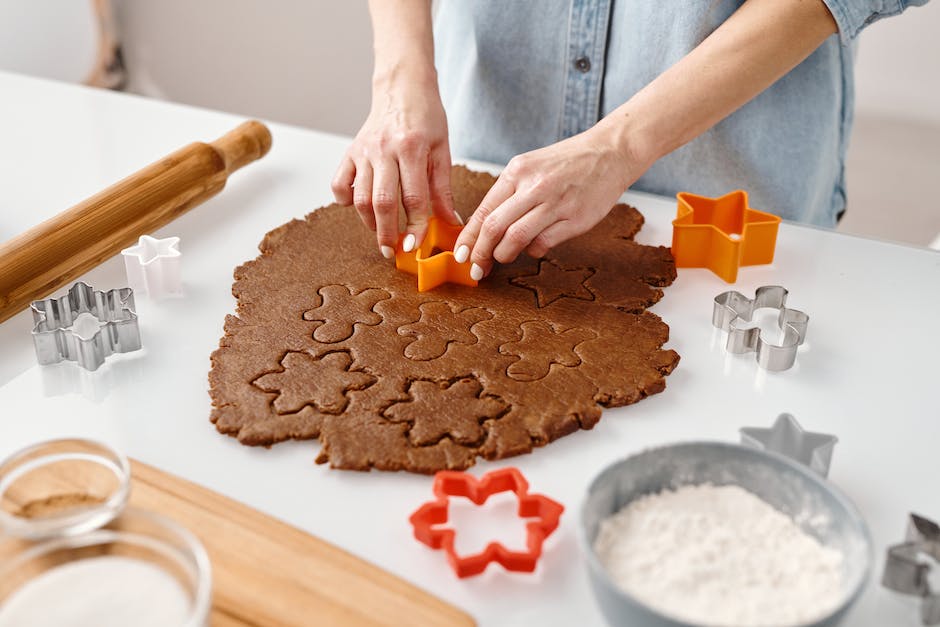
When it comes to baking with cannabis, there are a few common challenges that can arise. It’s important to address these potential pitfalls to ensure that your infused cookies turn out perfectly every time. One of the most common issues is the bitterness or strong flavor that can come with using cannabis in baked goods.
To overcome this challenge, it’s crucial to properly prepare your cannabis before incorporating it into your recipe. Start by decarboxylating your cannabis, which involves heating it to activate the THC. This process helps to reduce the bitter taste and strong flavors. Once decarboxylated, you can further minimize the bitter taste by infusing your cannabis into a fat or oil. This allows the cannabinoids to bind with the fat molecules, resulting in a smoother and more enjoyable flavor.
Additionally, the strain of cannabis you choose can greatly impact the taste of your cookies. Some strains may have more prominent flavors that can overpower the other ingredients in your recipe. Consider selecting strains that have a more subtle flavor profile or experimenting with different strains to find one that complements the flavors in your cookies.
Another challenge to overcome is achieving the right dosage of cannabis in your cookies. It’s essential to calculate the potency of your cannabis-infused fat or oil to ensure that you’re adding the correct amount. Too much cannabis can make your cookies overwhelmingly strong, while too little may not provide the desired effects. Start with a small amount and gradually increase the dosage until you find your desired potency.
Lastly, be mindful of the cooking temperature and time when baking with cannabis. High temperatures can degrade the THC and other cannabinoids, impacting the potency and effects of your cookies. Bake your infused cookies at a lower temperature than traditional recipes, typically around 320°F (160°C), for a slightly longer time to prevent excessive degradation.
By addressing these common challenges, you can ensure that your cannabis-infused cookies turn out delicious and enjoyable. Remember to experiment, take notes, and fine-tune your recipe to achieve the perfect balance of flavors and potency. With a little patience and practice, you’ll become a master at the science of baking with cannabis, impressing your friends and family with your delectable creations.
Enhancing flavor and aroma of cannabis-infused cookies
Exploring complementary flavors and spices
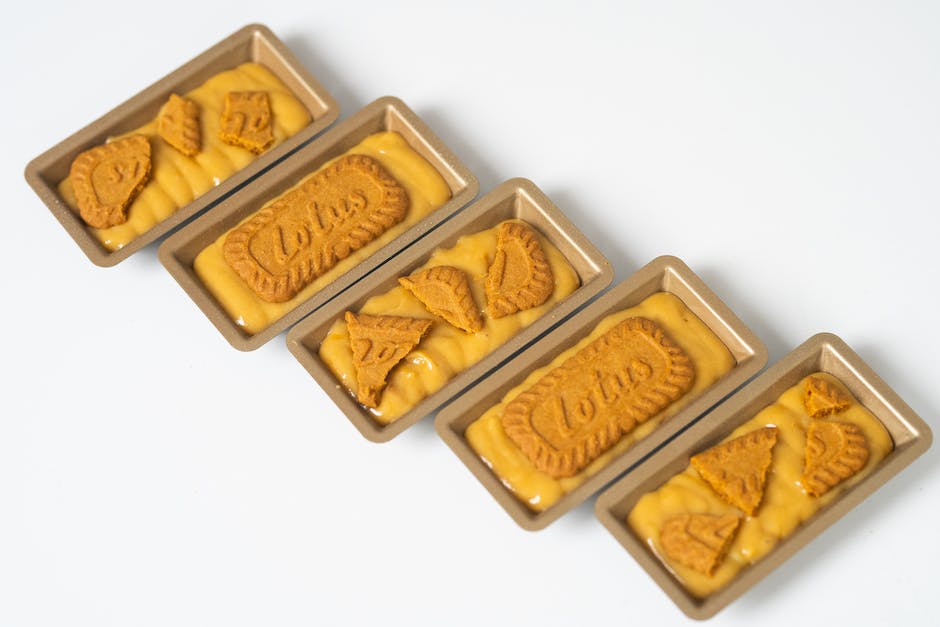
When it comes to baking with cannabis, it’s important to not only focus on the effects of the infused ingredient but also on creating a delightful flavor and aroma that enhances the overall enjoyment of your cookies. By exploring complementary flavors and spices, you can take your cannabis-infused cookies to a whole new level.
One popular way to enhance the flavor of cannabis-infused cookies is by incorporating complementary flavors. Experimenting with ingredients such as chocolate, vanilla, and nutty flavors can help balance out the earthy taste of cannabis. The richness of chocolate can add depth to your cookies, while the sweetness of vanilla can create a harmonious blend with the cannabis. Additionally, incorporating nuts like almonds or walnuts can add a delightful crunch and nuttiness to the cookies.
Spices are another powerful tool in your arsenal for enhancing the flavor and aroma of cannabis-infused cookies. Cinnamon, for example, lends a warm and comforting note that complements the earthy undertones of cannabis. Ginger provides a subtle heat that can add excitement to your cookies, while nutmeg adds a hint of sweetness and complexity. Don’t be afraid to experiment with different spice combinations to find the perfect balance that suits your taste buds.
Consider the overall theme or concept you want to present in your cookies and choose complementary flavors and spices accordingly. For instance, if you’re aiming for a holiday-themed batch of cookies, you might opt for flavors like peppermint, cloves, or even a touch of citrus zest.
Remember, the key to creating delectable cannabis-infused cookies lies in achieving a well-balanced flavor profile. Adding complementary flavors and spices to your recipe not only masks the taste of cannabis but also adds depth and complexity that will delight your taste buds.
As with any recipe, it’s important to start with small amounts of complementary flavors and spices and gradually adjust according to your preference. Keep in mind that the flavors of cannabis can vary, so be sure to taste the infused ingredient before adding other flavors to ensure a harmonious combination.
By paying attention to enhancing the flavor and aroma of cannabis-infused cookies through complementary flavors and spices, you can elevate your baking game and create cookies that not only provide a pleasant cannabis experience but also deliver a delicious treat for everyone to enjoy.

